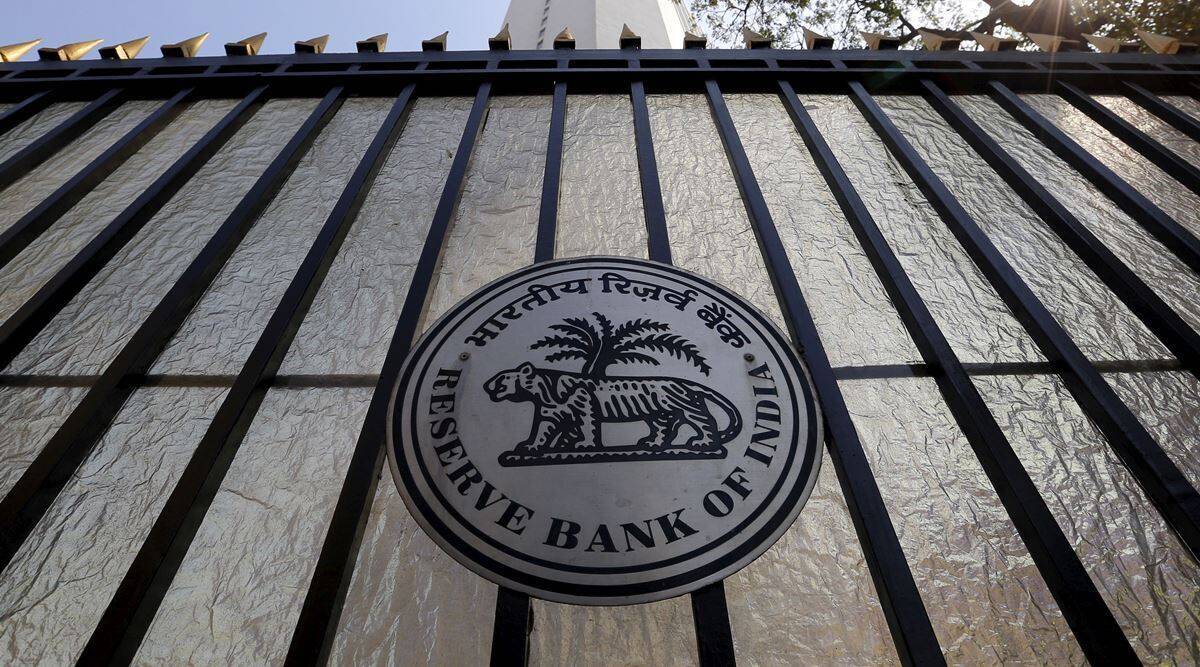Almost a year later, bad bank that has yet to take off: RBI is not in favor of a dual structure
Six months after the creation of the National Asset Resolution Company Limited (NARCL), the proposal to create a “bad bank” – a key reform measure in this fiscal year – has yet to take off. Obstacles include issues related to ownership structure and operational mechanism, with the proposed establishment of two separate entities – the NARCL and the India Debt Resolution Company Limited (IDRCL).
Approval from the Reserve Bank of India (RBI) for the establishment of this dual structure is still awaited, banking industry sources said. The RBI has now advised that acquisition and resolution should be housed under the same legal entity. Accordingly, NARCL and IDRCL are reworking the arrangement under which the two processes will be under the control of the former.
NARCL was established and received a license from the RBI to operate as an asset reconstruction company. Simultaneously, a separate company has been set up to operate as an asset management company, named IDRCL, which will provide asset management and resolution and will also assist in operational aspects, related to price discovery and aim to evolve the best possible recovery and resolution process. NARCL is majority owned by public sector banks with a 51% stake, but in the case of IDRCL, 51% of the shares are in private hands.
Normally, a single entity to be held liable as owner and for the recovery of assets is the practice followed in all geographies. A “master and agent mechanism” or similar arrangement may eventually evolve to address this issue. The Indian Banks‘ Association would have liked a dual structure, with the AMC as a private entity, outside the reach of the regulatory entities. However, the RBI has not yet accepted this dual structure. “An early decision on the matter is expected and will be welcome given the crucial role of the proposed bad bank,” a banking source said.
A senior government official said the government expects this issue to be resolved soon and the first batch of resolutions should come into force before the end of March. The first batch of Rs 90,000 crore NPA was to be acquired by NARCL in January. “We cannot let it drag on because the delay has a cost and harms the recovery. The dual structure is common in the capital market where Sebi is the regulator, and it is the best possible solution. The RBI will see how best to regulate it,” the official said.
Tarun Bhatia, MD and Head of Kroll South Asia, said: “The delay appears procedural and hopefully should be resolved soon. In accordance with the previously agreed process, NARCL would acquire the NPAs and IDRCL would drive the resolution process. “It is believed that this should be resolved soon as the government is keen for NARCL to initiate the process as soon as possible,” he said.
As a proactive and sustainable solution with NPAs in the banking sector, the Minister of Finance had, in this year’s Union budget, announced the establishment of NARCL to take over the distressed debt of banks and the manage according to the market.
“The intention was to acquire high-value non-performing assets (NPAs) from banks and place them with an entity that will take appropriate action to affect recovery/resolution. It would also help banks focus and concentrate on their core function of new landing. The repossession of assets worth Rs 2 lakh crore has been considered in a phased manner,” said Jyoti Prakash Gadia, MD, Resurgent India.
With a combination of post-Covid moratorium and clawbacks, there was an actual decline in NPAs from Rs 8.4 lakh crore in 2020 to Rs 7.8 lakh crore in 2021. “However, the pandemic has had a negative impact on certain sectors such as tourism, aviation, entertainment and private employment/salary. Retail NPAs should therefore increase in addition to the most affected sectors, which could require a special stimulus package,” said Gadia.
The government has approved a 5-year guarantee of up to Rs 30,600 crore for security receipts to be issued by NARCL as non-monetary consideration on the transfer of NPAs. This will address banks’ and RBI’s concerns over additional provisioning, an analyst said.
Banks that transfer their distressed assets will get 15% of the value in cash and 85% in the form of marketable securities receipts. The government guarantee will cover the difference between the face value of the security receipts and the realized value of the assets when they are ultimately sold to potential buyers. The government guarantee, valid for five years, helps improve the value of security receipts, their liquidity and their negotiability. A form of contingent liability, the guarantee does not imply any immediate outflow of funds for the State.
“NARCL has commenced operations and the sale of the banks’ distressed debt to NARCL is expected to have a positive impact on the banks’ books and operations. The impact would be seen by PSBs in FY23, and a positive proposal in terms of government guarantee/infusion of funds into the wrong bank can be expected in the next budget,” Brickwork Ratings said in a statement. report.
With so many CRAs in the private sector, the reason for a separate national CRA was the extremely slow process of selling to private CRAs due to valuation issues, slower and longer resolution given the fragmentation of ARC assets/legal hurdles and potentially huge initial capital. / cash needed to buy big NPA, he said.
Bankers have also been questioned by auditors and central agencies over transactions, which have largely clogged the decision-making process and hindered the transfer/resolution of NPAs. Thus, a national ARC, with a different legal and operational structure and government support, waivers and financial support, was essential to break the chain.


Comments are closed.